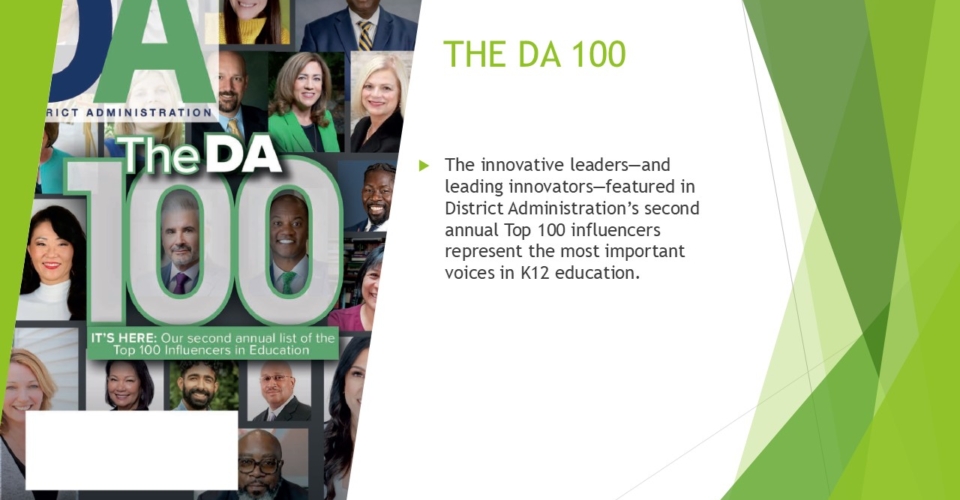Okaloosa County Schools hasn’t owned a computer for 20 years. Instead, it’s leased all of its devices. It’s a strategy that’s resulted in an extremely precise, simplified billing system.
When you lease all of your school-issued devices, you’re able to ensure that they’re on a reliable refresh cycle, says the district’s IT Director Eric Mitchell in a conversation with District Administration during the Future of Education Technology Conference last month.
Mitchell shared with us what he’s learned from 20 years of outsourcing IT and how it’s positively impacted operations for Okaloosa County Schools—and why they’ll never look back.
Note: The following Q&A has been edited for clarity and brevity.
What is IT outsourcing and why is it effective?
We took the model of leasing equipment and applied it to the computers in our district. We’ve leased all of our computers, our students and teachers’ machines, and put them on a refresh cycle.
As a result, we have zero obsolete systems in the district and a precise, simplified billing system. I think if you were to ask the bulk of our people, they would never want it to change.
Aside from avoiding obsolete equipment, what are the advantages of IT outsourcing from an administrative perspective?
The biggest advantage has to do with geography. When you’ve got a district like mine that’s split in the middle by a giant Air Force base with four different divisions, many times we train personnel only for them to be hired—and paid more—by the Air Force base.
It’s very difficult in my county to get qualified technology personnel. It’s even harder to get top-level technology personnel because they’re in such demand throughout the county. For me to get a senior network engineer, I’d have to pay them more than our superintendent. I just can’t do that.
There are a lot of issues in manpower alone that we’ve gotten rid of thanks to Seat Management. We put these responsibilities onto a company called Teleforce. Their job is to find the people we need, and they do. They can pay them competitively and everything works out.
More from DA: You must ask these questions before purchasing new edtech
What are your priorities as we gear up for the 2025-26 school year?
One of the things we’ve done with this new contact is take a good look at mobile learning. We’ve realized that mobile learning is becoming difficult to staff. We’re also learning that an iPad is a really good instructional tool, especially if you can use it in a 1-to-1 scenario, which is a big goal for us next school year, at least for K through 8.
We’ll also outsource those devices, too.
You’re also a big advocate for E-Rate funding. How are you using this resource in your district?
I’ll tell you what I tell other people about E-Rate. I need E-Rate because when you tell the public that students need iPads, your general taxpayer understands. When you tell them you want a network switch, they don’t understand its value.
I tell folks, network equipment isn’t sexy. You can’t sell it. So, what I need is a way to help offset the cost of that. That’s what E-Rate has done for us. We have about a 60% E-Rate payback for everything that qualifies. We use it to keep our infrastructure robust.
You mentioned the difficulties associated with communicating IT language and earning community buy-in. How do you ensure your teachers understand the technology they’re using and provide support so they can use edtech to its maximum potential?
One of the nice things about IT outsourcing is that for the last 20 years, the elimination of obsolete machines has given teachers a fleet of computers they trust. It has, naturally, increased the drive to do more with the gear.
What we’ve done to help augment that is hire a trainer who guides teachers on using things like an iPad or Microsoft Word. We’ve hired another trainer who walks teachers through the new Clear Touch equipment that we’re adding. Now, teachers have the ability to get resources to integrate smart panels into their instruction, which is the most important piece.
If you look at the available edtech, when you’re a student, the idea of learning “just for you,” i.e., targeted learning, it’s very difficult when you’ve got 20-plus kids in a room. When they’ve got their own device and you can target them through whatever software platform you’re using, that enhances the teachers’ ability to provide targeted instruction.



